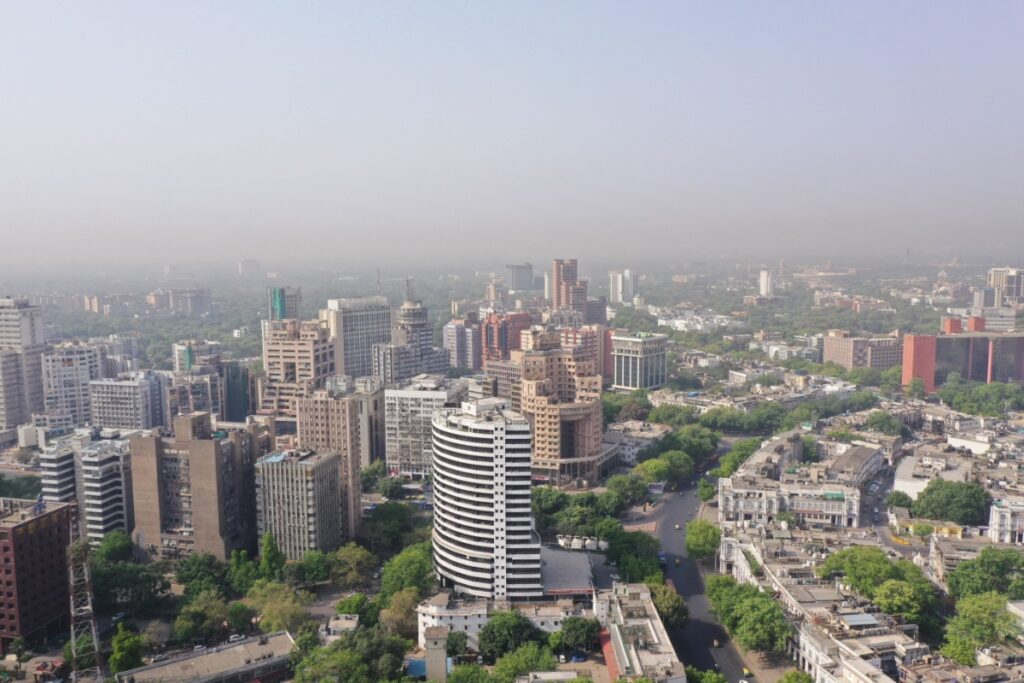Artificial Rain Method Initiated Over Polluted Capital
In a bid to alleviate heavy smog plaguing the Indian capital, authorities in New Delhi on 28 October 2025 launched a cloud-seeding trial, deploying aircraft to spray particles into clouds in hopes of inducing rain and clearing toxic air. The operation was carried out in collaboration with the Indian Institute of Technology Kanpur (IIT Kanpur), marking a rare attempt to use weather-modification techniques to address urban pollution.
Officials expect preliminary rainfall over select sectors within a window of 15 minutes to four hours after the trails begin, according to the region’s environment minister.
Technical Approach and Operational Context
The trial involved aircraft dispersing substances such as silver iodide and iodised salt into cloud formations, triggering the formation of raindrops where natural precipitation may otherwise not occur. The operation is the first of its kind for the city and follows months of preparatory work with the India Meteorological Department to identify suitable cloud-depth and moisture conditions.
Despite its novelty, cloud-seeding remains scientifically contested. Experts caution that its effectiveness varies significantly depending on atmospheric conditions and that it does not directly address the underlying emission sources that cause smog.
Pollution Severity Spurs the Initiative
New Delhi regularly features among the world’s most polluted capitals. According to air-quality monitors, the city’s Air Quality Index (AQI) jumped into the ‘very poor’ or even ‘severe’ categories in recent days, with readings exceeding 300 on the standard scale.
The smog surge is exacerbated by a combination of vehicle emissions, industrial output, dust from construction, and post-harvest agricultural burning in neighbouring states such as Punjab and Haryana. Cold, stagnant winter air further traps pollutants, worsening atmospheric conditions.
Expert Perspectives and Policy Implications
While the government frames the cloud-seeding trial as an urgent corrective measure, many atmospheric scientists remain sceptical of its long-term utility. Professors Shahzad Gani and Krishna Achuta Rao of the Centre for Atmospheric Sciences in New Delhi describe the plan as more of a “gimmick” than a solution, noting that without favourable meteorological conditions the approach may yield minimal benefit.
Government officials, however, maintain that such interventions can deliver temporary relief and buy time while broader emission-control efforts proceed. The outcome of the trial could shape how future pollution episodes are managed, though observers emphasise that deeper structural reforms remain critical.
Ongoing Monitoring and Next Steps
As of the latest updates, initial cloud-seeding flights have been carried out, but comprehensive rainfall impacts are yet to be confirmed. The IIT Kanpur team is collecting real-time data from multiple monitoring stations to track changes in particulate matter concentrations, including PM2.5 and PM10. Preliminary results suggest modest reductions in pollutant levels—around 6 to 10 percent in select areas, though these are viewed as indicative rather than definitive success.
Authorities state that further trials may continue through the winter months, particularly if cloud-cover conditions remain favourable. Meanwhile, the broader challenge of curbing emissions from vehicles, industry and agricultural burning remains at the heart of New Delhi’s air-quality strategy.


